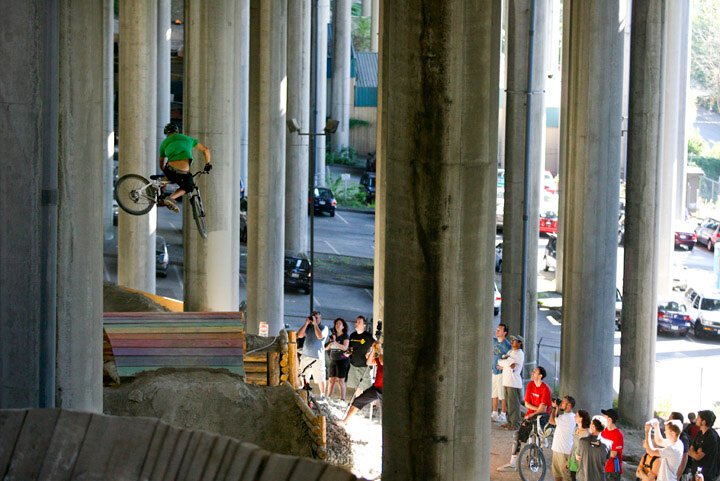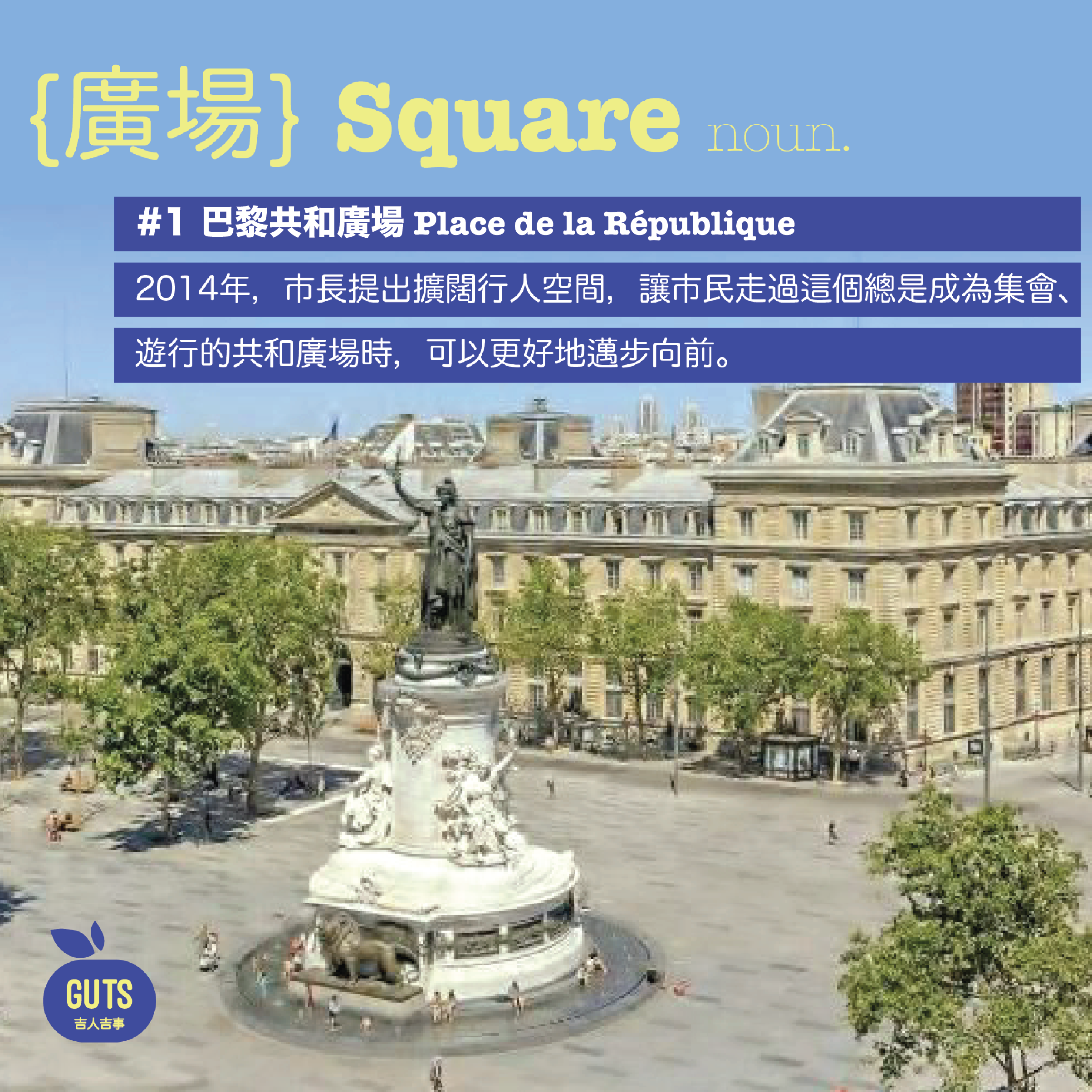High Line之後:活化舊城 先要處理貧富不均|Learning from High Line gentrification: mitigating wealth inequality for win-win








繁華都巿裏的一個舊區,住著收入不高的勞動階級,自給自足,自成一角。然後有一天,舊區改頭換面,新店舖陸續進駐,不再價廉物美,而且大談品味、文化;一直低廉的租金開始攀升,直至原居民無法忍受,逐一遷離 —— 早在1964年,英國社會學家Ruth Glass以倫敦北的Islington區作為例子,首次點出倫敦的舊區正經歷「士紳化」、中產階級取代勞動階層。不過,當時在英國被士紳化的舊區不止一個,Islington旁的Camden,也成為了日後人們談論士紳化的經典例子,而因為士紳化而引起的矛盾,至今在Camden仍然未止息。
位於攝政運河畔的Camden,曾經是工廠林立的工業區,約於1960年代起,隨著經濟轉型,工廠搬離,1966年,一個劇作家把一座鐵路倉庫改裝成獨立樂隊的表演場地Roundhouse,開啟了及後這一帶的文化產業開端:獨立書店Compendium Books開幕、木工廠改裝為舞廳Dingwalls,周邊的倉庫、廠房陸續改建成酒吧、live house;1974年,16個年輕藝術家在Dingwalls門外擺擋舉辦周末巿集,後來才成為至今每年吸引逾千萬遊客朝聖的「肯頓巿集 Camden Market」。不過,隨著觀光產業不斷擴張,Camden改頭換面,原有居民早已遷離、社區瓦解,巿集亦日漸商業化,文藝小店換上連鎖品牌專賣店,擁有巿集多數地權的發展商亦計劃重建部分巿集,改建為酒店、住宅等,稱將「全力建立及保持肯頓巿集的豐富文物及獨特巿集」,但依然引起巿集檔販不滿。
文藝產業遷入工業區與發展商重新規劃,都是士紳化的經典過程,但除此以外,一個舊區即使獲得保育,也未必可以避免士紳化發生。
紐約的High Line Park,位處的區域Chelsea本是一個工業區,同樣隨著工業式微,貨運業需求減少。1980年,這裏的貨運火車正式停駛,亦開始有畫廊、高級餐廳等進駐。一班居民組織成「High Line之友」召開社區會議,了解居民意願後,阻止地主清拆路軌,並大力倡議保育、轉化成公園。經過一番研究與設計比賽後,在2006年路軌上開始興建高架的High Line Park,以當地居民社區生活故事與荒廢路軌作為藍本,保留舊鐵路結構與輪廓,讓高架如天橋的公園,穿梭於區內舊倉庫與新建築之間、見證城巿的演變過程,瞬間成為紐約的新景點。公園落成後,遊人如鯽,士紳化更加劇烈,走在High Line Park上,沿線會看見新發展的建築物一幢接一幢,包括橫跨在公園上方的Standard Hotel、美國史上最大的私人開發造鎮Hudson Yards、著名建築師Renzo Piano的代表作Whitney Museum等。
雖然由政府支援、民間主導, 但High Line Park到頭來仍是為人詬病,平民根本無法負擔陸續落成的新住宅。一心做好事的「High Line之友」低估了保育歷史遺跡後的士紳化,汲取教訓後,他們成立了「High Line網絡」,希望把經驗帶到全國及加拿大其他類似的保育項目,在轉化荒廢基建為公共空間時,確保當區平民也能分享成果,例如設立基金、當中分配15%於建造經濟房屋。
舊區的再發展或許無可避免,不過發展的計劃和過程,吉人大可以借鏡High Line Park之後的「High Line網絡」,在錯誤中汲取經驗,在活化舊區之初,就要直接面對和處理貧富不平等的問題,讓活化舊區,成為一件不止是讓區外人與中產階級享受的吉事。
相片來源:網上圖片、The High Line
地點:倫敦、紐約
Learning from High Line gentrification: mitigating wealth inequality for win-win
Every prosperous city is supported by a number of surrounding old neighbourhoods. Far from being glamorous, old neighbourhoods are heavens for blue-collar workers where all daily needs can be fulfilled with affordable price. As time goes by, the same old place is not the same with the influx of new shops that emphasizing lifestyle and good taste, capitalising on the cheaper rent. The whole area is then turned upside down with the original citizens eventually being ‘squeezed out’ and replaced by people with higher social status and spending power, making everything unaffordable for the original residents.
British sociologist Ruth Glass first introduced the concept of ‘gentrification’ to describe such phenomenon in 1964. She used Islington, an area north of London, to illustrate how gentrification took place. Its adjacent neighbourhood, Camden, has later become an even more textbook example of gentrification where the associated conflicts remain visible until today.
Situated by the Regent's Canal, Camden used to be an industrial area. During the 60s, factories gradually moved as the country underwent its economic transition. The whole process of gentrification was then ignited by a playwright who turned a former railway warehouse into a performing arts centre, Roundhouse, in 1966. This single act has sparked the influx of varies shops from the cultural industry: from the independent book shop ‘Compendium Books’, to the wood-factory-turned dance hall ‘Dingwalls’. Gradually, warehouses and factories nearby were all replaced by pubs, live houses, etc. In 1974, 16 young artists organized the first weekend markets outside Dingwalls. It eventually developed into the famous and legendary ‘Camden Market’ today with over a hundred thousand visitors every year. As Camden transformed into a place with a new and unique character, the original residents were forced to move out, and the community was dissolved.
In every classical example of gentrification, the cultural industry and developers both play an important role in transforming the neighbourhood. It is worth noting that, once the process has begun, it may not be possible to stop even with huge effort such as initiating a large-scale conservation project. The High Line Park of Chelsea in New York has taught the world a meaningful lesson. Once an industrial district, High Line Park started its process of gentrification in 1980 when art galleries and fine dining restaurants ventured in since the cargo train stop operating. A group of concerned citizens then set up a group called ‘Friends of the High Line’ and initiated a series of actions and activities to advocate for cultural conservation for the place. Eventually, they have successfully preserved the framework of the old railway structure, developing it into an elevated linear park. The group went on to document the community lives and record the area’s journey of transformation.
Did this huge community effort prevent gentrification from happening? Sadly, not only does it fail to slow down gentrification, it even accelerates it as the conservation initiatives attract even more tourists. The High Line Park has brought to the neighbourhood more luxurious, fancy elements, such as the famous Standard Hotel, renowned architect Renzo Piano’s signature work ‘Whitney Museum’, and Hudson Yards, the biggest privately developed town in America’s history. Learning from the failure, the ‘Friends of the High Line’ sets up a network and share their experience across the US and Canada. The group suggested that the government should set up foundations to share economic return with the community when transforming the empty infrastructure to public space, such as reserving 15% of profit for building public housing in the area.
Urban regeneration project is perhaps unavoidable in every city. The High Line Park’s experience is a wakeup call for every GUTSMAN: it is essential to pay extra effort in mitigating wealth inequality so that redeveloping old neighbourhood can be a win-win, both for the area and its inhabitants.
Photo source: Internet, The High Line
Location: London, New York
你可能對以下吉人吉事有興趣:
You may also be interested in these GUTS Stories:
















